The principle of operation of an inverter motor in a washing machine
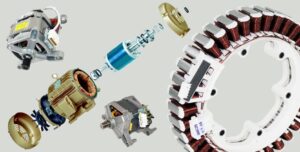 Many modern automatic machines are equipped with inverter motors. Thanks to advertising, users know that these brushless motors are much more reliable than brushed motors. We will tell you what the advantages of such devices are, and we will analyze the principle of their operation.
Many modern automatic machines are equipped with inverter motors. Thanks to advertising, users know that these brushless motors are much more reliable than brushed motors. We will tell you what the advantages of such devices are, and we will analyze the principle of their operation.
What is the essence of “inverter technology”?
Many buyers are willing to overpay for an inverter motor in a washing machine. And this is quite reasonable - such motors are more reliable than their commutator “brothers” and, unlike them, do not require periodic maintenance. In addition, machines with direct drive wash almost silently, which is more convenient when operating the equipment.
The operation of a washing machine is impossible without an electric motor. In order for the machine to wash in different modes, it requires a motor with different rotation speeds. The engine speed is adjusted in two ways - by changing the frequency or voltage.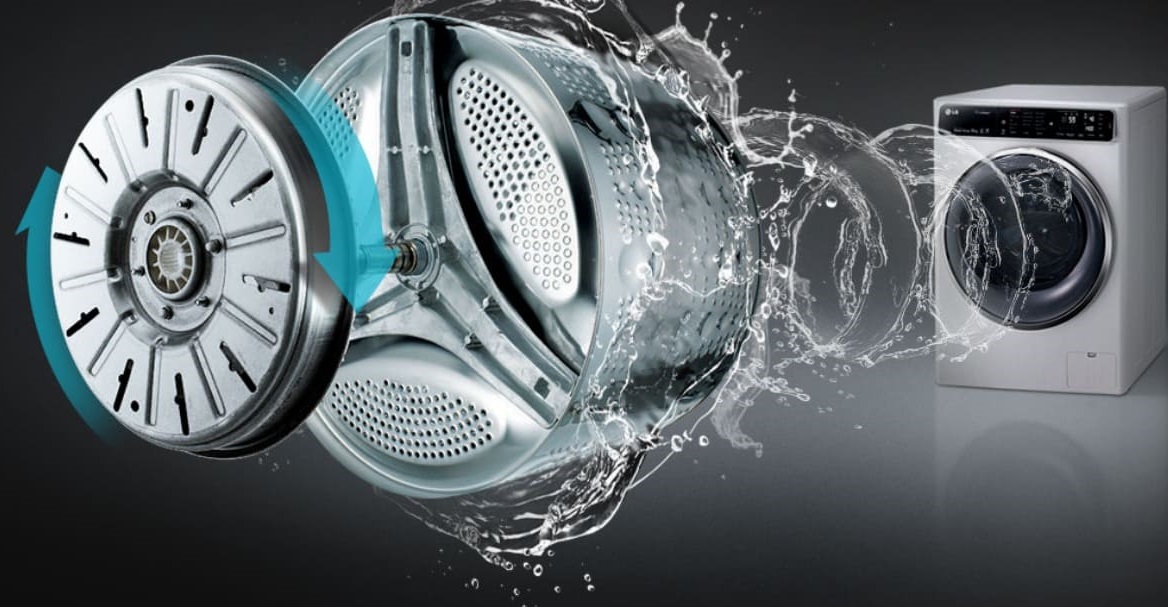
Before the invention of inverters, the speed of the engine was adjusted directly by changing the voltage, and then only within small limits. In this case, a soft, smooth change in speed was not possible. Only collectors could cope with this, but even during intensive work they had a small torque, which limited the possibility of their use.
Literally in the nineties and two thousand, with the development of semiconductors, frequency converters began to be increasingly used in production. They made it possible to change the frequency of the engines in large intervals, from a minimum to 500 Hertz.
The inverter motor takes current not directly from the electrical network, but through a frequency converter built into it.
The inverter motor in a washing machine combines two devices at once: a motor and a frequency converter. Based on the selected operating mode, the engine generates the required voltage and sets the desired speed. This technology was immediately adopted by washing machine manufacturers.
The inverter is able to quickly adjust the voltage to provide optimal torque. The use of this technology allows you to quickly achieve the desired speed and maintain the desired speed. The overall technical characteristics of motors of this type are much better, but their cost is also higher.
How does an inverter converter work?
It would be useful to talk about the operating principle of inverter motors. In fact, you don't need any special knowledge to understand this information. The converter built into the motor changes the voltage in two stages:
- receives voltage from the network, “straightening” it;
- creates opposite-pole pulses from direct voltage.
It is at the second stage that the desired frequency is obtained, which is subsequently transmitted to the engine. Some inverters have an additional conversion stage - on it the charges are converted into a sine wave. However, the form of voltage supply has virtually no effect on the functioning of the electric motor, so this unit is not provided in washing machines.
All processes in modern automatic machines are controlled by the main electronic module. It is he who determines the required voltage levels, thereby controlling the speed of the engine.The number of revolutions will differ depending on the washing algorithm and the stage of the cycle (during soaking they will be minimal, while spinning they will be maximum).
Features of using motors in washing machines
Today on the market there are washing machines with both collector and inverter motors. Budget machines mostly have collectors. Such engines can “accelerate” to a speed of ten thousand revolutions per minute, while still having fairly good torque. However, there are also disadvantages - these machines are too noisy and require periodic replacement of brushes.
Inverter automatic machines are distinguished by a low noise level during operation.
Inverter motors do not have brushes. Also, such washing machines do not have a belt drive, which contributes to the almost silent operation of the equipment. The new generation motors have a special monolithic rotor, which makes the engine itself more compact.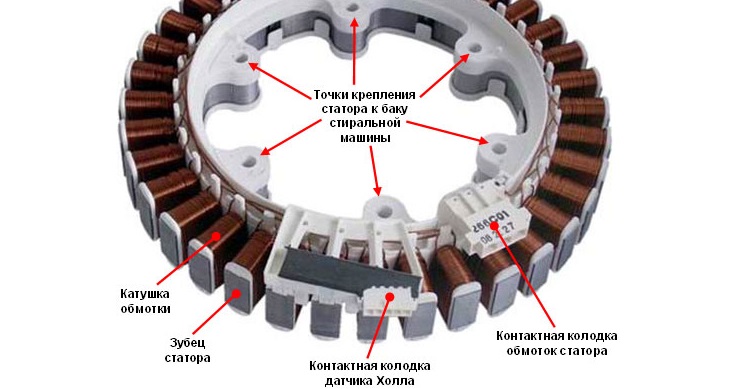
You will have to pay extra for an inverter motor in a washing machine. To control it, a separate module is provided, the cost of which often reaches one fourth of the price of the entire machine. Compared to brushed motors, inverters are considered more reliable. In the first case, the user will have to change the electric brushes of the engine every 2-3 years. There may also be problems with the drive belt, which tends to stretch.
Inverters do not have brushes, so they do not require periodic maintenance. Manufacturers also provide a ten-year warranty on the inverter motor. Consequently, such motors break down very rarely. They usually work uninterruptedly much longer than stated.
Interesting:
1 reader comment
Add a comment Cancel reply
Categories
Washing machine repair


For buyers

For users

Dishwasher

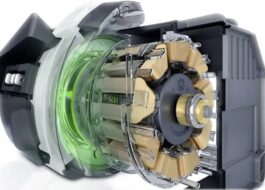
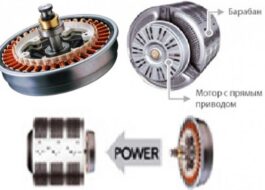
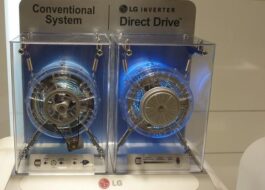
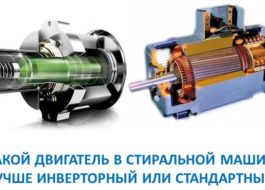
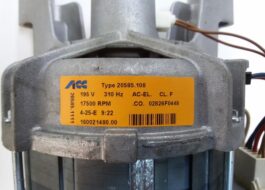
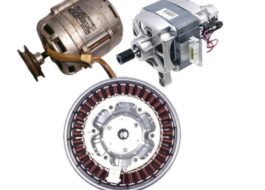










I have a direct drive car and I don’t regret it at all.